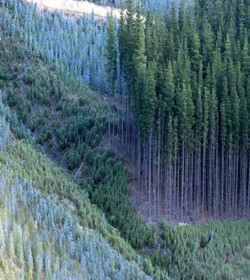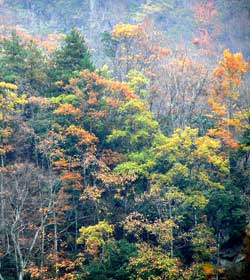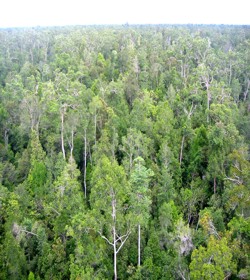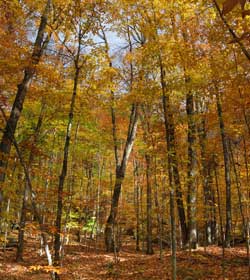Press Information
Managing Forests for Climate Change Mitigation
Canadell JG, Raupach MR (2008) Science, 320: 1456-1457, doi: 10.1126/science.1155458
Forests currently absorb billions of tons of CO2 globally every year, an economic subsidy worth
nearly half a trillion dollars if an equivalent sink had to be created in other ways. Concerns about
the permanency of forest carbon stocks, difficulties in quantifying stock changes, and the threat of
environmental and socioeconomic impacts of large-scale reforestation programs have limited the
uptake of forestry activities in climate policies. With political will and the involvement of tropical
regions, forests can contribute to climate change protection through carbon sequestration as well
as offering economic, environmental, and sociocultural benefits. A key opportunity in tropical
regions is the reduction of carbon emissions from deforestation and degradation.
Manuscript and Presentations
- Access the paper from Science http://www.sciencemag.org
- Download a related study from the same authors:
- Tropical Forest and Climate Policy (Science 2007)
- For additional information on recent carbon trends and the global carbon budget updated to 2006, download the following presentation:
Press Release and Media Coverage
- CSIRO (pdf, 20 Kb)
- Alphagalileo (doc, 31 Kb)
| Illustrative Photos (available free if credited as specified) | ||
|---|---|---|
 |
 |
|
Plantations of Pinus radiata and Eucalyptus nitens in Gippsland (Victoria, Australia). Photo credit: Michael Ryan |
Mixed Beech forest in the mountains of warm temperate region in China. Photo
credit: Zhehao Shen |
|
 |
 |
|
Tropical Forest remove large quantities of atmospheric carbon dioxide (Borneo depicted). Photo credit: H.-D. Viktor Boehm (1600 x 1200 jpg 1.4 Mb) |
Mont Wright – Northern hardwood forest near Quebec City, Canada.
Photo credit: Marc André Giasson |
|
